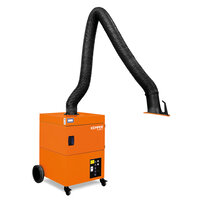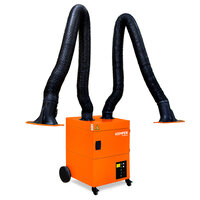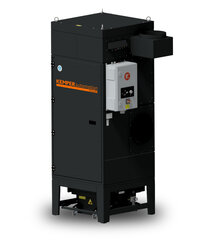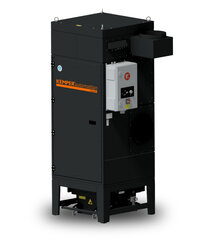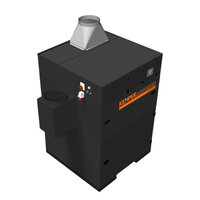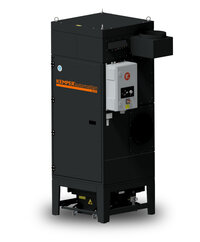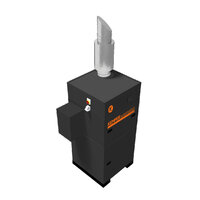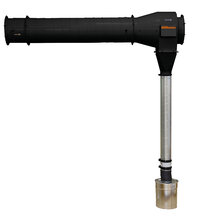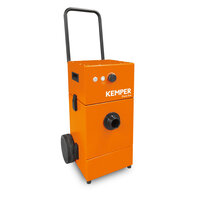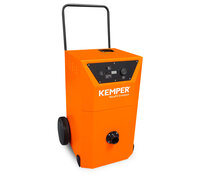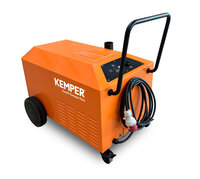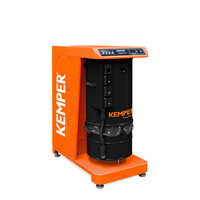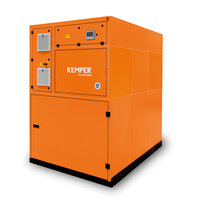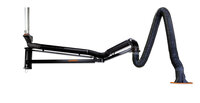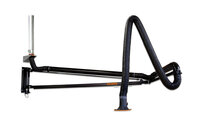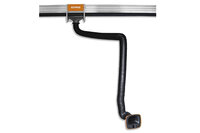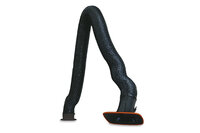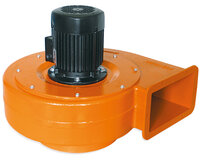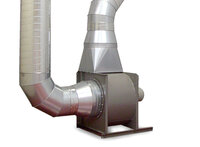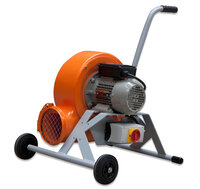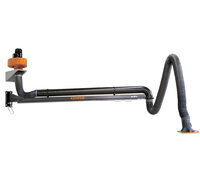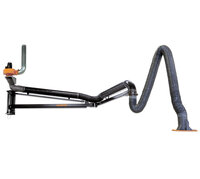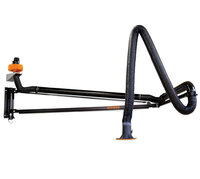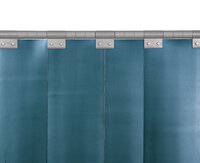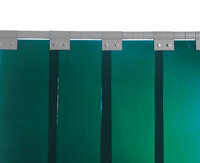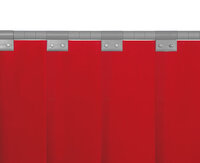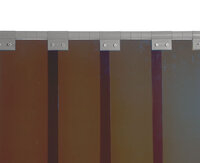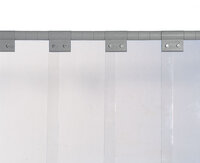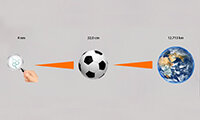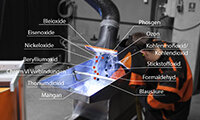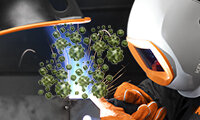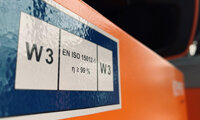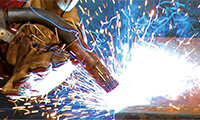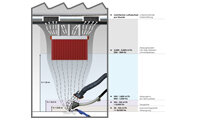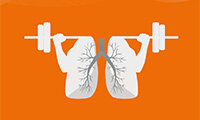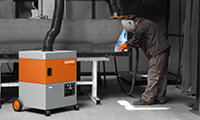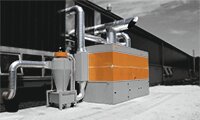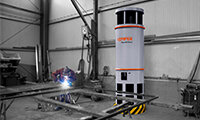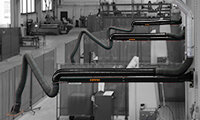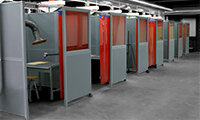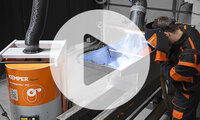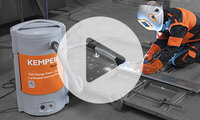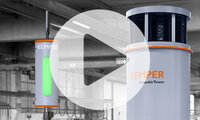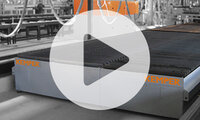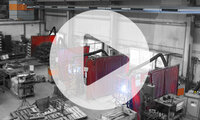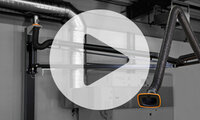-
Zvolte prosím kategorii výrobků
-
Produkty:
Zobrazit přehled -
Odsávací systémy - mobilní
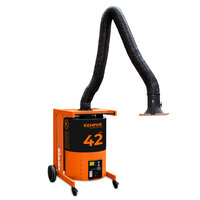
- zpět | Odsávací systémy - mobilní
- Odsávací systémy - mobilní : Zobrazit přehled
-
SmartMaster
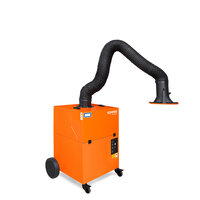 Jednorázový filtr - 13 m²
Jednorázový filtr - 13 m² -
ProfiMaster
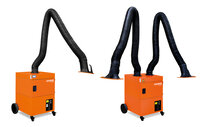 Jednorázový filtr - 17 m²
Jednorázový filtr - 17 m² -
SmartFil
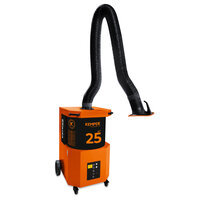 Jednorázový filtr - 25 m²
Jednorázový filtr - 25 m² -
MaxiFil
 Jednorázový filtr - 42 m²
Jednorázový filtr - 42 m² -
MaxiFil
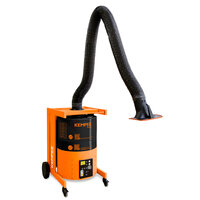 Jednorázový filtr - 34 m²
Jednorázový filtr - 34 m² -
FilterMaster XL
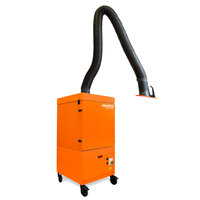 Automatické odčišťování filtrů
Automatické odčišťování filtrů -
MaxiFil Clean
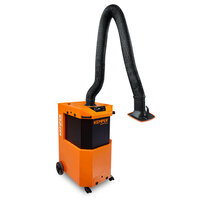 Automatické odčišťování filtrů
Automatické odčišťování filtrů -
Náhradní filtr
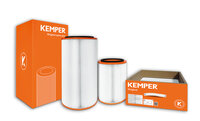
- zpět | Náhradní filtr
- Náhradní filtr: Zobrazit přehled
-
Náhradní filtr pro SmartMaster
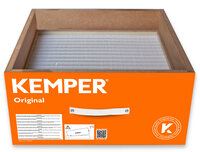 Jednorázový filtr - 13 m²
Jednorázový filtr - 13 m² -
Náhradní filtr pro ProfiMaster
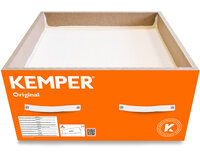 Jednorázový filtr - 17 m²
Jednorázový filtr - 17 m² -
Náhradní filtr pro SmartFil
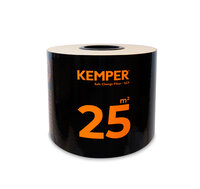 Jednorázový filtr - 25 m²
Jednorázový filtr - 25 m² -
Náhradní filtr pro MaxiFil
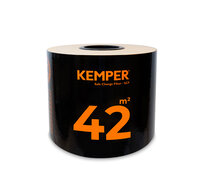 Jednorázový filtr - 42 m²
Jednorázový filtr - 42 m² -
Sada hlavní filtr a filtr s aktivním uhlím pro ...
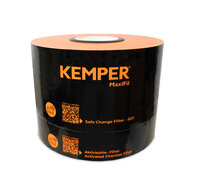
-
Náhradní filtr pro MaxiFil
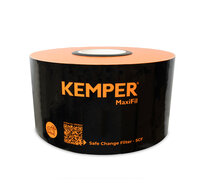
-
Filtr s náplní aktivního uhlí
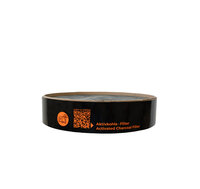
-
Náhradní filtr pro FilterMaster XL
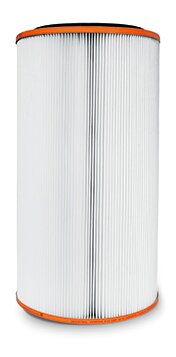 KemTex® ePTFE - 10 m²
KemTex® ePTFE - 10 m² -
Náhradní filtr pro MaxiFilClean
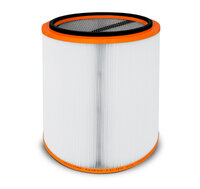 KemTex® ePTFE - 15 m²
KemTex® ePTFE - 15 m² -
Prachová kartuše MaxiFil Clean (4 ks)

-
Odsávací systémy - stacionární
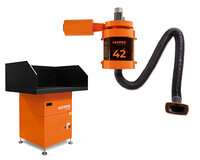
- zpět | Odsávací systémy - stacionární
- Odsávací systémy - stacionární: Zobrazit přehled
-
WallMaster
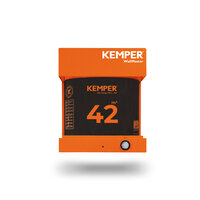 Jednorázový filtr - 42 m²
Jednorázový filtr - 42 m² -
MaxiFil stacionární
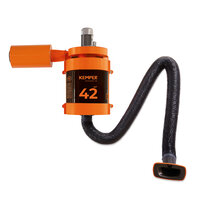 Jednorázový filtr - 42 m²
Jednorázový filtr - 42 m² -
FilterTable
 Jednorázový filtr - 16 m²
Jednorázový filtr - 16 m² -
FilterTable GWT
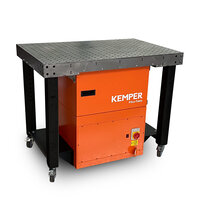 Jednorázový filtr -15,8 m²
Jednorázový filtr -15,8 m² -
Patronové odsávací zařízení stacionární
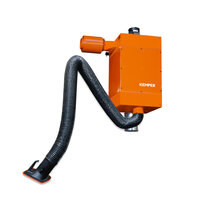 Automatické odčišťování filtrů
Automatické odčišťování filtrů -
Patronové odsávací zařízení stacionární
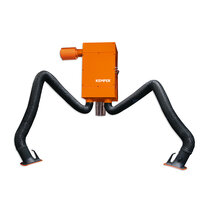 Automatické odčišťování filtrů
Automatické odčišťování filtrů -
FilterCell XL
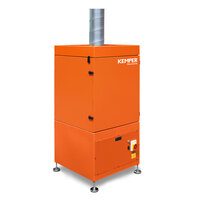 Automatické odčišťování filtrů
Automatické odčišťování filtrů
-
Odsávací systémy - centrální
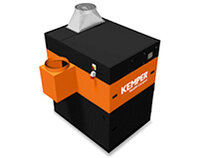
- zpět | Odsávací systémy - centrální
- Odsávací systémy - centrální : Zobrazit přehled
-
WeldFil Compact
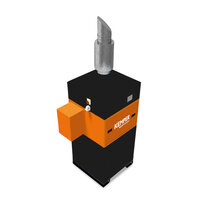 Plug & Play do 8.640 m³/h
Plug & Play do 8.640 m³/h -
WeldFil
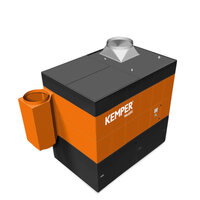 Do 26.400 m³/h
Do 26.400 m³/h -
KEMPER automation
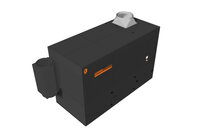
-
Rozšíření
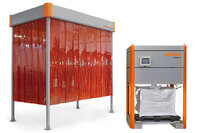
-
Vysokotlaké odsávání
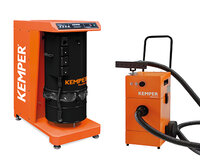
-
Systémy pro prostorové větrání
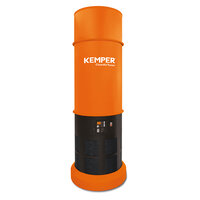
- zpět | Systémy pro prostorové větrání
- Systémy pro prostorové větrání: Zobrazit přehled
-
CleanAirTower SF 9000
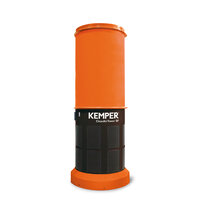 Paměťovým filtrem - 100 m²
Paměťovým filtrem - 100 m² -
CleanAirTower
 Automatické odčišťování filtrů
Automatické odčišťování filtrů -
KemJet
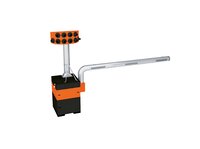 Systém prostorového větrání
Systém prostorového větrání -
Push-Pull-Systém
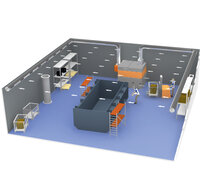
-
Vytěsňovací větrání
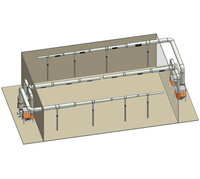
-
Kontrolní systém proudění vzduchu AirWatch
 Semafor červená žlutá zelená
Semafor červená žlutá zelená
-
Odsávací ramena a ventilátory

- zpět | Odsávací ramena a ventilátory
- Odsávací ramena a ventilátory: Zobrazit přehled
-
Odsávací ramena
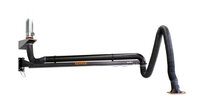
-
Ventilátory
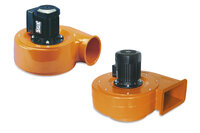
-
Výfukový kit
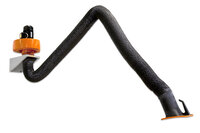 All-In-One
All-In-One
-
Svařovací stoly s odsáváním
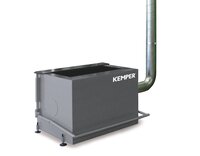
- zpět | Svařovací stoly s odsáváním
- Svařovací stoly s odsáváním : Zobrazit přehled
-
Odsávací stoly pro manuální využití
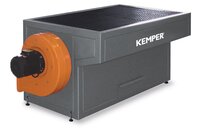
- zpět | Odsávací stoly pro manuální využití
- Odsávací stoly pro manuální využití : Zobrazit přehled
-
Stoly pro broušení s odsáváním
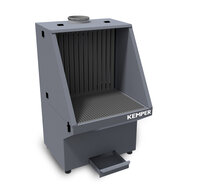
-
Svařovací stoly s odsáváním

-
Svařovací stoly s ventilátorem

-
Filtrační stůl FilterTable

-
Stoly pro ruční řezání plazmou
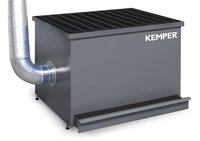
-
Stůl Tavolex
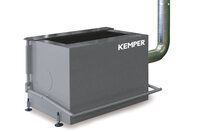
-
Svařovací stůl pro výuku
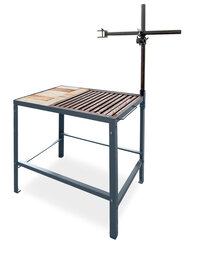
-
Výukový stůl s úchytem svařence
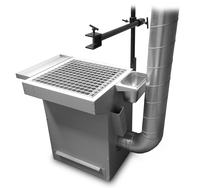
-
Stoly pro řezací zařízení
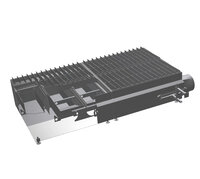
- zpět | Stoly pro řezací zařízení
- Stoly pro řezací zařízení: Zobrazit přehled
-
KemTab
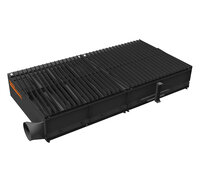 až 300 ampérů
až 300 ampérů -
KemTab Advance
 až 300 ampérů
až 300 ampérů
-
Ochranné dělící stěny
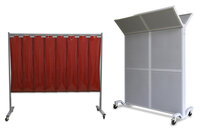
- zpět | Ochranné dělící stěny
- Ochranné dělící stěny: Zobrazit přehled
-
Svářečské ochranné zástěny

-
Svářečské ochranné lamelové zástěny
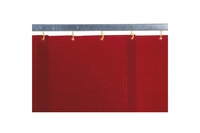
-
Svářečské ochranné lamely

-
Svářečské ochranné stěny
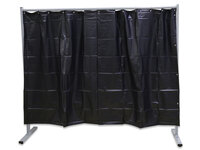
- zpět | Svářečské ochranné stěny
- Svářečské ochranné stěny: Zobrazit přehled
-
1-dílná ochranná stěna s fóliovými ...

-
1-dílná ochranná stěna s fóliovým ...
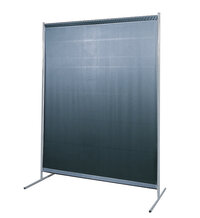
-
1-dílná ochranná stěna s lamelami
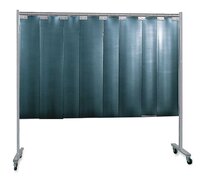
-
1-dílná ochranná stěna s lamelovými ...

-
3-dílná ochranná stěna s fóliovými ...

-
3-dílná ochranná stěna s lamelami

-
3-dílná ochranná stěna s lamelovými ...

-
Pojezdová sada
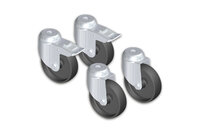
-
Svářečské ochranné deky
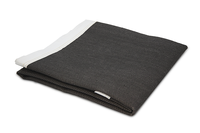
-
Akustické tlumící příčky a systém ...

-
Ochranná stěna pojízdná
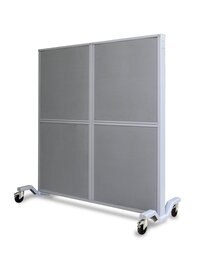
-
Nástěnná a sloupová otočná ramena
- zpět | Nástěnná a sloupová otočná ramena
- Nástěnná a sloupová otočná ramena: Zobrazit přehled
-
Nástěnné otočné rameno
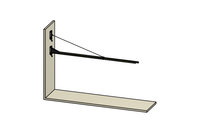
-
Nástěnné otočné rameno

-
Sloupové otočné rameno
-
Sloupové otočné rameno
-
Otočné rameno
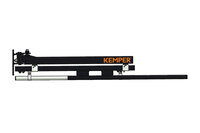
-
Hadice
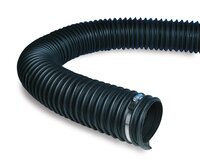
- zpět | Hadice
- Hadice: Zobrazit přehled
-
Odsávací a tlakové hadice do 80°C
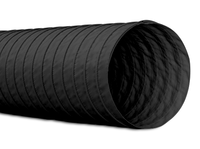
-
Odsávací a tlakové hadice do 100°C
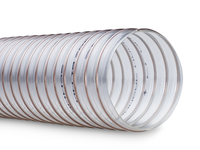
-
Hadice se zvýšenou tepelnou odolností do 250 ...

-
Hadice pro výfukové zplodiny do 170 °C
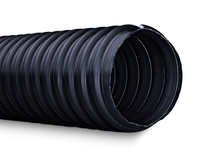
-
Automobilové výfukové hadice do 300 ° C

-
Hadice se zvýšenou tepelnou odolností do ...

-
Vysokokapacitní sací hadice do 85 ° C
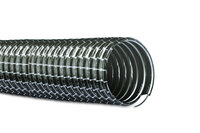
-
Vyberte prosím stránku
-
Služby:
Zobrazit přehled -
Servisní a montážní

-
Prodloužení garance
 na 24 měsíců
na 24 měsíců -
Náhradní díly
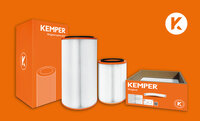
-
Vyberte prosím stránku
-
Co je dobré vědět :
Zobrazit přehled -
Svařovací dým obecně
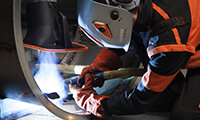
-
Svařovací dýmy: Předpisy a zákony

-
Odsávací zařízení - Přehled oblastí použití
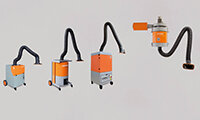
- zpět | Odsávací zařízení - Přehled oblastí použití
- Odsávací zařízení - Přehled oblastí použití: Zobrazit přehled
-
Mobilní odsávací zařízení - oblasti použití
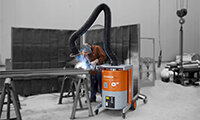
-
Stacionární odsávací zařízení - kritéria pro výběr
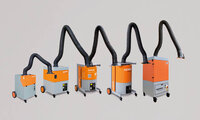
-
Stacionární odsávací zařízení - oblasti použití

-
Stacionární odsávací zařízení - kritéria pro výběr
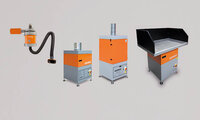
-
Zentrale Absauganlage - Filteranlage Überblick
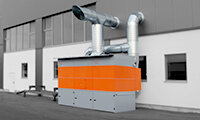
- zpět | Zentrale Absauganlage - Filteranlage Überblick
- Zentrale Absauganlage - Filteranlage Überblick: Zobrazit přehled
-
Přehled: centrální odsávací zařízení
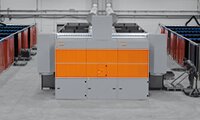
-
Detail: centrální odsávací zařízení
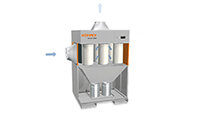
-
Další výbava: pro centrální odsávací zařízení
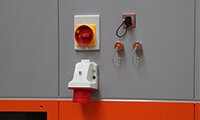
-
Atest IFA W3 pro centrální filtrační zařízení

-
Potvrchová filtrace Filtrační vložky

-
Prostorové větrání - Větrání výrobních hal

-
Odsávací ramena v přehledu
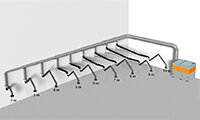
-
Odsávací stoly - Pálicí stoly
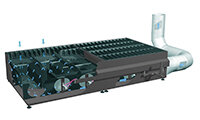
-
Vyberte prosím stránku
-
Aktuality:
Zobrazit přehled -
Novinky

-
Veletrhy

-
Nabídka pracovních míst

-
Vyberte prosím stránku
-
Blog:
Zobrazit přehled
-
Vyberte prosím stránku
-
Servis:
Zobrazit přehled -
Objednávka katalogu
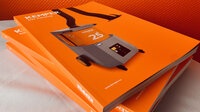
-
Ke stažení

-
Registrace produktu
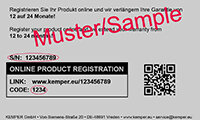
-
Videa
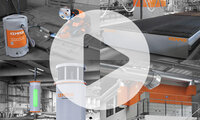
-
Vyberte prosím stránku
-
Ke stažení:
Zobrazit přehled
Explainer Video about particulate matter
According to a recent study by the European Environment Agency (EEA), particulate matter in the air causes around 400,000 premature deaths each year in Europe. But which technical terms, limit values and different classifications of particulate matter must be taken into account in order to clarify the question at the end: Is the air we breathe clean or hazardous to our health?
These questions are answered in the video. So what do the technical terms E-dust, A-dust, PM2.5, PM10 mean? What exactly does a weight-related measurement of fine dust look like? Why should the particles also be counted and what does the density of a particle have to do with it?
Today, modern measuring methods offer much better possibilities to visualize the exposure to fine dust with the help of a laser. AirWatch from KEMPER is equipped with a highly sensitive laser that detects, differentiates and counts all particles between 0.1 and 16 micrometers. This allows AirWatch to display and store the total number of particles and the distribution of particle sizes in real time. In addition, the corresponding weight-related values for PM10 and PM2.5 are calculated very accurately. This enables a permanent, differentiated and independent monitoring of the fine dust load in the company. Permanent monitoring enables trends and causes for particularly high or low values to be identified. In addition, AirWatch also documents the number and size of particularly fine particles that would hardly have played a role in a purely weight-based analysis, but are particularly hazardous to health. Discussions about particulate matter will not diminish. However, since this danger is neither visible nor tangible and is difficult to measure, it is a complex subject on which we will be happy to advise you. If you have any questions, please do not hesitate to contact us.
Search Kemper.eu
Use the search box below to search for products, services and information on Kemper.eu.
ZavřítHow may we contact you?
Stačí vyplnit formulář. Budeme Vás kontaktovat co nejdříve.

